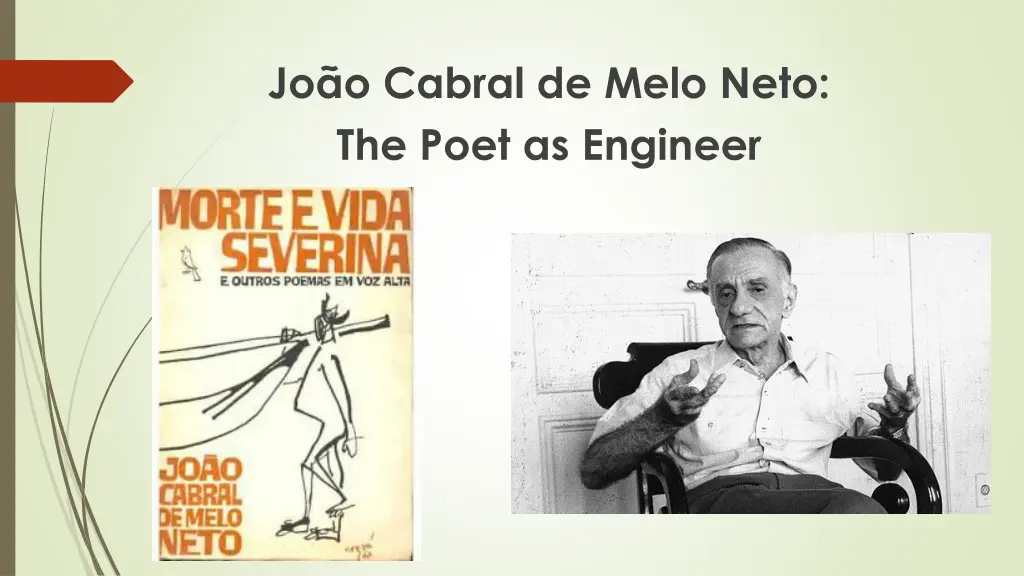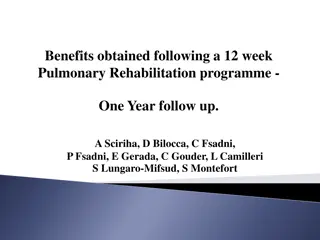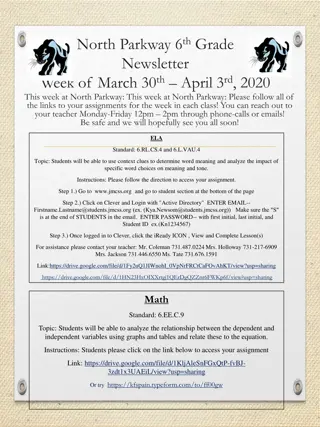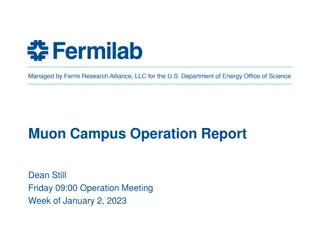
Exploring the Poetry of João Cabral de Melo Neto: The Poet as Engineer
Delve into the intriguing world of João Cabral de Melo Neto's poetry, where he challenges traditional norms with a critical dialogue, advocating for the laborer's plight in capitalist society. Discover how his modernist approach prioritizes the materialization of sentiments and ideas, offering a unique perspective on language and reality.
Download Presentation

Please find below an Image/Link to download the presentation.
The content on the website is provided AS IS for your information and personal use only. It may not be sold, licensed, or shared on other websites without obtaining consent from the author. If you encounter any issues during the download, it is possible that the publisher has removed the file from their server.
You are allowed to download the files provided on this website for personal or commercial use, subject to the condition that they are used lawfully. All files are the property of their respective owners.
The content on the website is provided AS IS for your information and personal use only. It may not be sold, licensed, or shared on other websites without obtaining consent from the author.
E N D
Presentation Transcript
Joo Cabral de Melo Neto: The Poet as Engineer
The Invention of the Northeast: Rapid modernization in the late 19th/early 20thcentury Juxtaposed alongside fields of cotton and sugar plantations were now telegraph cables, telephone lines, and railroads. Hudson, Ford, and Studebaker automobiles as well as Great Western railway cars sped commerce but catalysed its detrimental impacts on the environment, as mountains were scraped clean of foliage and smoke darkened the sky. Traditional modes and rhythms of life were transformed. (Durval Muniz de Albuquerque J nior, The Invention of the Brazilian Northeast, p. 14) In response to changes brought by modernization and growing dominance of South, Northeast elites sought to construct an image of the region as a distinct entity Intellectuals produced work celebrating what were construed as the Northeast s distinctive cultural and social traditions.
Gilberto Freyre, and books such as Casa-Grande e Senzala (1933) and Nordeste (1937)
Cabrals poetry established a critical dialogue with the sociological enunciations and images used by Gilberto Freyre in constructing his traditional Northeast. Cabral s default position was to reverse Freyre s vision, such that he made the sert o the paradigm of northeastern identity rather than the littoral and the sugar plantations (Albuquerque, The Invention of the Brazilian Northeast, p. 187) His poetry was a sort of salvo intended to interrupt the complacent dinner parties of the great house by making explicit the alienation and misery of cane workers. He repeated the idea that the sert o was a milieu of revolutionary potential capable of transforming the region s corrupt agricultural and coastal aristocracies. The cane worker became his symbol of the labourer in capitalist society, abused by crude and domineering bosses who also laid waste to nature. (Ibid., p. 189)
Cabrals modernism: Cabral believed that language should imitate reality, not obscure it. Thus to criticize reality implied a critical relationship with language as well, a vigorous search for the expressive core the sinews and bones of language that sustained an understanding of reality (Albuquerque, Invention of the Brazilian Northeast, 185) In Cabral s poems lyricism and formal liberty are substituted by rigorous engineering of words. It was a poetry produced by the heavy labour of measuring and construction, not inspiration. (186) Cabral was preoccupied with the materialization of sentiments, ideas, and images, making the abstract tangible (186)
The greatness of the land was his greatness . . . There went the cattle to pasture and they were his; there went the ox-carts groaning under the weight of the sacks of wool or sacks of sugar, and it was all his; there were the negresses of the kitchen, the little urchins of the stable, the field workers, and everything was his. Th e sun rose, the waters fell from the sky to the earth, the river ran, and everything was his. Jos Lins do R go, Meus Verdes Anos (Mem rias), pp. 55 56. In this passage from his memoir, Lins do R go expressed the core elements of the northeastern sugar elite s understanding of power in the early twentieth century. When they gazed at their plantations the planter class saw a laboring landscape encompassing both human and non-human elements, it was a space to be commanded into material and symbolic productivity. Thomas D. Rogers, "Laboring Landscapes" Luso-Brazilian Review46.2 (2009): 22.
Cabrals things: Virtually every critic of Joao Cabral de Melo Neto's poetry has noted the privileged status it accords to things (Richard Zenith, "The State of Things in the Poetry of Jo o Cabral de Melo Neto." World Literature Today 66.4 (1992): 634) A poetry of things, yes, but these may be emotions, ideas, and humanity itself, which the poetry forces into thing form, whereas if the things start out as physical entities, they risk being endowed with a philosophy, a psychology, and the tragic sense of life. (Ibid.) Cabral's project is to re-create the world, taking the things - both abstract and concrete - that are common to all men and turning them around, making them uncommon, conferring on them the dimension they lacked. (Ibid.)
the image of dead or thoroughly instrumentalized matter feeds human hubris and our earth-destroying fantasies of conquest and consumption. It does so by preventing us from detecting (seeing, hearing, smelling, tasting, feeling) a fuller range of the nonhuman powers circulating around and within human bodies. (Jane Bennet, Vibrant Matter: A Political Ecology of Things, p. 14)
Adorno: Objects do not go into their concepts without leaving a remainder (Negative Dialectics, p. 5) Eagleton, The Ideology of the Aesthetic: Dialectical thinking seeks to grasp what is heterogeneous to thought as a moment of thought itself, reproduced in thought itself as its immanent contradiction . But since one risks eradicating that heterogeneity in the very act of reflecting upon it, this enterprise is always teetering on the brink of blowing itself up. Adorno has a kind of running solution to this dilemma, and that is style. What negotiates this contradiction is the crabbed, rebarbative practice of writing itself, a discourse pitched into a constant state of crisis, twisting and looping back on itself, struggling in the structure of every sentence to avoid at once a bad immediacy of the object and the false self- identity of the concept. Dialectical thought digs the object loose from its illusory self-identity, but thereby risks liquidating it within some ghastly concentration camp of the Absolute Idea; and Adorno s provisional response to this problem is a set of guerrilla raids on the inarticulable, a style of philosophizing which frames the object conceptually but manages by some cerebral acrobatics to glance sideways at what gives such generalized identity the slip (1990, 341-42)






















